Seven elements of a sensory garden
Gardens of sensory delights are trending across Australia because of their unique education experiences and lighthearted approach to designing a beautiful space. Sensory gardens use plants and other materials to create a self-contained area with a variety of aromas, textures, colours, noises and shapes.
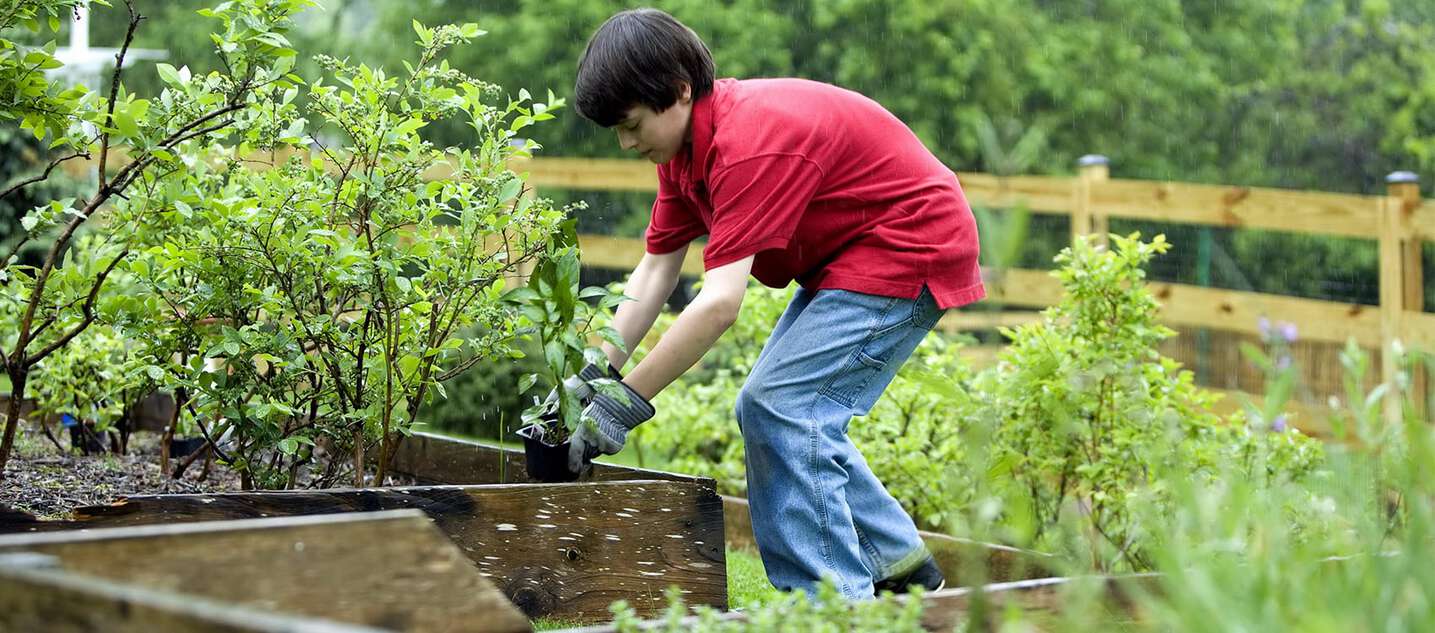
Design your own sensory garden
Other senses, less commonly thought about, are also highlighted, such as gravity, temperature, space and enclosure. Sensory gardens are an exciting place for kids and adults to connect with nature, as they are invited to touch, rub, smell and eat the plants. Below are my tips on how to create a sensory garden of your own.
Hardscapes
The hardscape components are the non-living components of a garden like paths, benches, containers, decking, mulch and the walls. These aspects provide opportunities for colour, texture and places to play or simply relax. Materials for the path surfaces can vary in size and shape throughout the garden and change depending on the accessibility and sensory needs of those using the space. Signs can be used in fun and clever ways to engage visitors in your garden who will be more inclined to interact with the plants if they know what senses are associated with each plant or area.
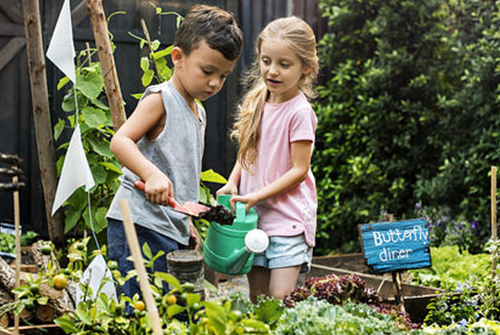
Engage visitors with creative signs
Plant selection
As is the case with any garden, consideration must go into the site and its conditions such as soil, natural light and drainage. Avoid plants that are poisonous - some of which can be harmful to children or wildlife but not adults -allergenic plants or those likely to require pesticides.
If space is tight, sensory gardens regularly incorporate hanging plants, vertical planters or upcycled material to create mini garden beds. Unique hybrids, wild weeds or stock standard flowers are all part of the sensory experience!
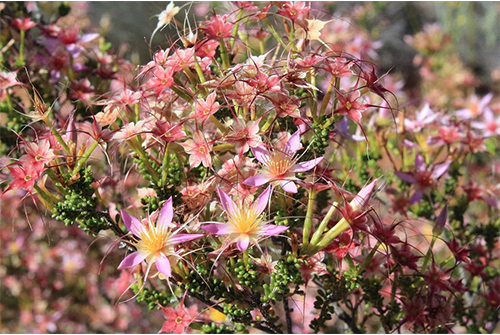
Wildflowers from the Australian Botanic Garden Mount Annan
Sight
Colour, varying textures and forms, light and shade and contrasting these elements. Remember it’s not just flowers but bark and foliage can have vibrant colours. Sunflowers are an example of a suitable plant, but add lots of non-living colourful aspects also.
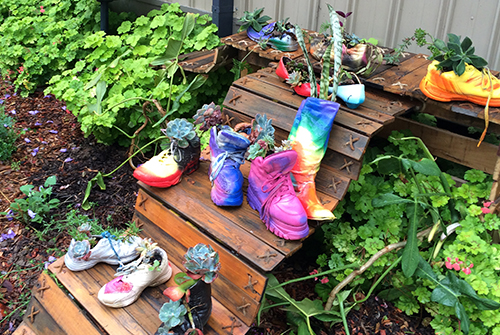
Recycled shoes are given a new life
Sound
Wind can offer sounds in many plants like bamboo stems knocking together, grasses rustling etc. Dried leaves can be walked upon and sounds of animals attracted to the garden can fill the air. Sounds can also be enhanced with wind chimes and running water.
Taste
There are numerous obvious plants such as fruit, vegetables and herbs, many of which are also colourful and aromatic. Great examples for your garden are various lettuces, kales, cherry tomatoes, strawberries and lilly pillies.
Texture
Plants are not limited to just rough and smooth. They can have a whole variety of interesting textures. You can have various bark textures as well as leaves and flowers. Examples of different plants to feel in the garden are lambs ears, banksia flowers, rough barked eucalyptus tree and paperbarks, succulents and mosses.
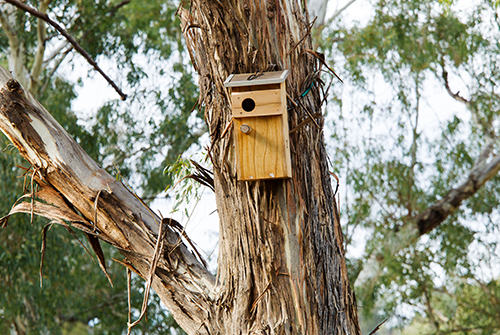
Trees and birdhouses provide texture and Hollows as Homes
Smell
Smells come from a variety of sources in the garden. Not just the flowers, but also the foliage in the case of many culinary herbs and the soil too. Consider planting thyme, oregano, mint species, lavender, rosemary, lemon balm, jasmine, geraniums, gardenias, boronias and prostantheras.
Did you know?
Sensory gardens are part of a new approach to horticulture therapy that Youth Community Greening have established in public housing and schools across New South Wales. Sensory gardens can be designed for all abilities and can be helpful for those with special needs to develop a range of new skills.
Peter Dawe has been the Youth Community Greening Coordinator for the Royal Botanic Gardens for the last four years and has been delivering environmental education to students and communities for the last 30 years. This experience combined with a Masters of Environmental Management, Bachelor of Education and Diploma of Sustainability provide him with the expertise, knowledge and passion to deliver such an important message and program. With the help of John T Reid Charitable Trusts', Peter established habitat gardens in rural areas across New South Wales. A summary of those gardens can be downloaded as an iBook for free Habitat Gardens.
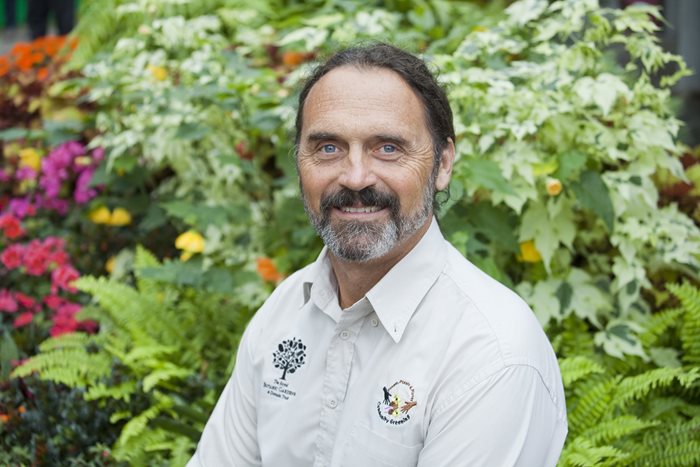
If you are a journalist and have a media enquiry about this story, please click here for contact details and more information.